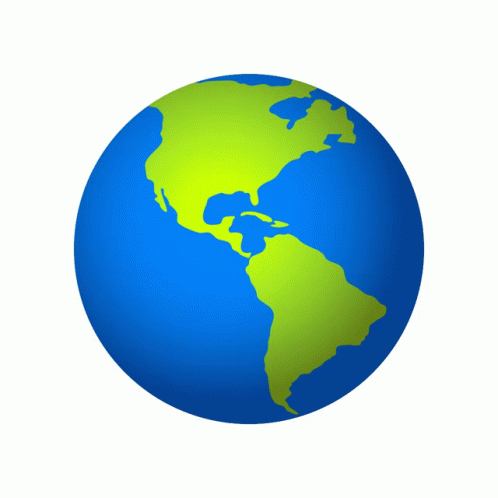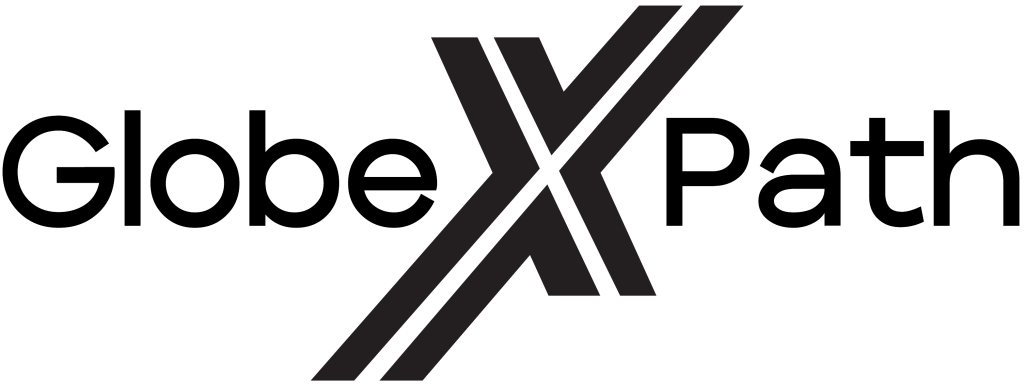Vietnam is located in South Eastern Asia by China,Cambodia,Laos and the South China Sea. IIt has a techy young workforce and an innovative market.mporting goods from Vietnam to Africa, the United States, Europe, or the United Kingdom presents a promising opportunity for entrepreneurs, retailers, and wholesalers seeking high-quality, cost-effective products. Vietnam has rapidly evolved into one of the most attractive sourcing hubs in Asia, thanks to its competitive labor market, growing industrial base, improving infrastructure, and supportive export policies. Whether you are looking to import textiles, electronics, furniture, handicrafts, agricultural products, or footwear, Vietnam offers a vast selection of goods suitable for diverse global markets.
If you want to startr an import business from Vietnam into these global regions requires good planning and an understanding of regulations, logistics, profit potential, and relationship-building with Vietnamese suppliers. This guide offers a deep dive into every critical area of the process, ensuring that you are well-prepared to launch and grow a successful import business.
Understanding the Vietnamese Export Market
Vietnam is the world’s third-largest textile and garment exporter and has a strong presence in sectors such as electronics, coffee, wooden furniture, rubber, seafood, ceramics, and plastic products. A major share of Vietnam’s exports already reaches the U.S., EU, and Asian markets, and demand continues to grow due to the country’s ability to provide both quality and price competitiveness. Vietnamese manufacturers benefit from free trade agreements like EVFTA (EU-Vietnam Free Trade Agreement) and CPTPP (Comprehensive and Progressive Agreement for Trans-Pacific Partnership), which reduce or eliminate tariffs, particularly in Europe and North America. For African countries, while trade agreements may not yet be as favorable, many nations still offer low or preferential import duties under their own development programs.
Buyers looking for scalable, reliable, and well-priced goods find Vietnam increasingly appealing, especially compared to China where labor costs and geopolitical tensions have driven prices up. With the stiffling tariff costs that is triggering inflation worldwide,Vietnam remains a good try.Vietnam’s growing reputation for ethical manufacturing and investment in sustainability is also a draw for Western importers targeting conscious consumers.
Legal and Regulatory Preparation for Importing
Before starting the import process, businesses in Africa, the U.S., the UK, or Europe must first register legally within their respective jurisdictions. Whether operating as a sole proprietor or limited company, official registration is a prerequisite to obtain the necessary import permits or licenses. Regulatory compliance is critical and varies by region. The United States, for example, requires registration with the U.S. Food and Drug Administration for food and health-related imports. Products such as textiles must meet labeling and flammability standards set by the Federal Trade Commission. In the UK and EU, goods must meet CE conformity (for electronics and toys), follow REACH regulations for chemicals, and ensure ethical sourcing declarations for apparel or wooden products. African countries vary widely in their import regulations, but many require standard certificates of origin, phytosanitary documents for agricultural items, and occasional Bureau Veritas or SGS pre-shipment inspections depending on the product.
Importers must also ensure that their Vietnamese suppliers are export-registered with Vietnam’s Ministry of Industry and Trade. Vietnamese companies must provide commercial invoices, packing lists, certificates of origin (Form E or EUR.1), and health or quality certificates depending on the product.
Building Reliable Supplier Relationships in Vietnam
To source products from Vietnam, the most effective approach is to begin by researching and identifying reliable suppliers. This can be done through platforms such as Alibaba, Vietnam Export, and GlobalSources, but face-to-face engagement adds long-term value. Attending trade shows like Vietnam Expo (Hanoi and Ho Chi Minh City), Vietfood & Beverage, or SaigonTex allows you to meet certified manufacturers and exporters directly. These events often include B2B matchmaking programs supported by Vietnamese government agencies and chambers of commerce.
Once suppliers are identified, the next step is to verify their credibility. Request company registration documents, customer references, and factory videos. To reduce risk, hire third-party inspection firms such as QIMA or Intertek to perform quality checks and factory audits. Contracts must clearly outline expectations, including acceptable defect rates, payment terms, shipment responsibilities (based on Incoterms), penalties for late delivery, and refund conditions. Never rely solely on verbal agreements, and ensure you work with legally translated documents reviewed by a commercial lawyer familiar with Vietnamese and international contract law.
Logistics, Freight Options, and Customs
Shipping goods from Vietnam is most often done via sea freight for large and heavy items, or air freight for time-sensitive and high-value goods. Vietnam has several major ports including Cat Lai (Ho Chi Minh City), Hai Phong (North Vietnam), and Da Nang (Central). Goods destined for Africa typically transit through hubs like Dubai, Mombasa, or Durban before final delivery. Shipments to Europe or the UK generally travel directly to ports such as Rotterdam, Hamburg, Felixstowe, or Antwerp, while goods for the U.S. often land on the West Coast via Los Angeles or Long Beach, or East Coast ports such as Savannah or New York.
For air freight, Tan Son Nhat International Airport (SGN) and Noi Bai International Airport (HAN) serve most commercial export needs. Air cargo is suitable for electronics, fashion accessories, and high-end products. Major logistics providers operating in Vietnam include DHL, FedEx, Maersk, CMA CGM, and Vietnam’s own Vinalines.
Vietnam’s domestic freight and export systems are improving, with growing investment in smart logistics and digital customs clearance. Importers should prepare a full customs file that includes a bill of lading or airway bill, packing list, invoice, and certificate of origin. To ease this process, many importers work with a freight forwarder or customs broker.

